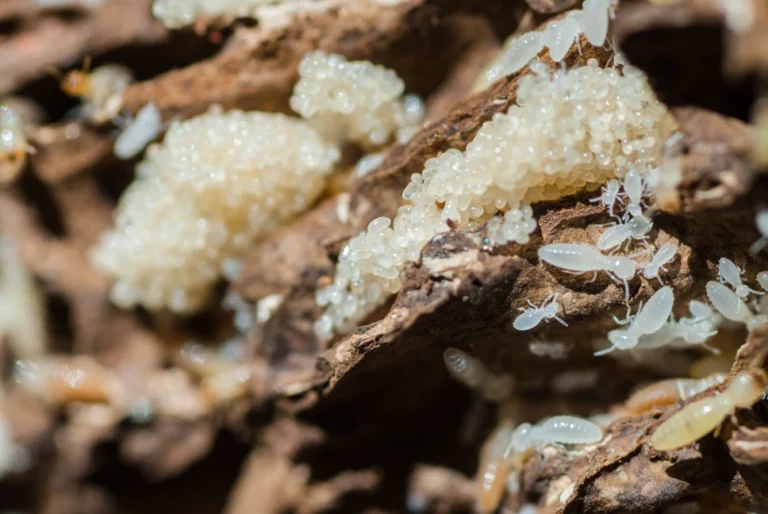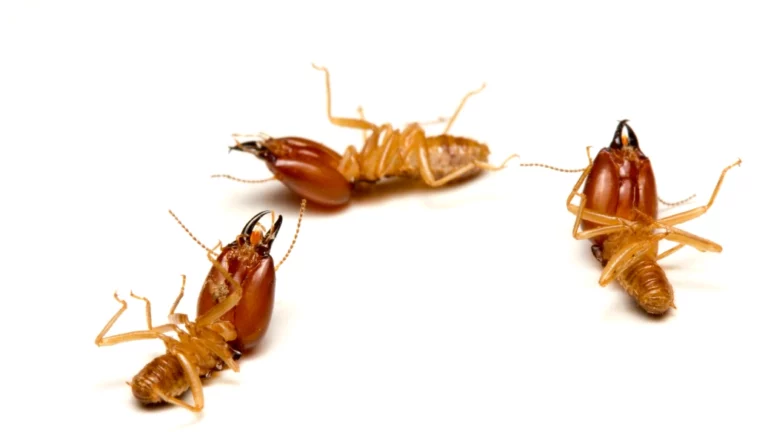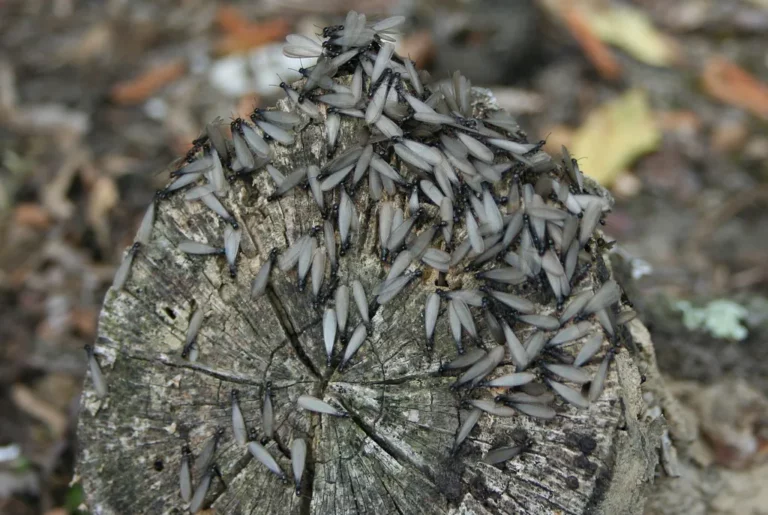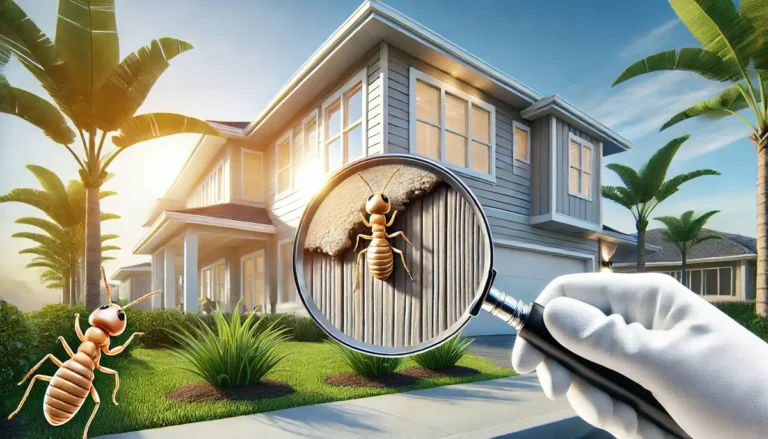Table of Contents
ToggleLiving in South Florida presents unique challenges when it comes to pest control, particularly termite management. Termites, known for their destructive tendencies, can cause significant damage to homes and buildings if not properly managed. In this guide, we’ll explore the most effective strategies for termite control in South Florida, providing you with essential knowledge to protect your property.
Understanding Termites in South Florida
Before delving into control methods, it’s important to understand the types of termites prevalent in South Florida. The region is primarily affected by two types: Subterranean termites and Drywood termites.
Subterranean Termites
These termites live in soil and build elaborate tunnel systems to access food sources above ground. They require moisture to survive and are often found in damp areas.
Drywood Termites
Unlike their subterranean counterparts, Drywood termites inhabit dry wood and do not require soil contact. They are commonly found in attic spaces and can infest furniture.
Effective Termite Control Methods
1. Regular Inspections
Regular inspections by pest control professionals are crucial. Early detection can prevent extensive damage and save costs in the long run.
2. Chemical Treatments
Professional pest control services often use chemical treatments like termiticides, which are applied around the foundation of your home to create a barrier against termites.
3. Baiting Systems
Baiting systems involve placing bait stations around your property. Termites feed on the bait and carry it back to the colony, effectively eliminating it over time.
4. Physical Barriers
Physical barriers, such as sand or steel mesh, can be installed during construction to deter termites from accessing the structure.
5. Moisture Control
Since termites thrive in moist environments, controlling humidity and fixing leaks can significantly reduce the risk of infestation.
6. Wood Treatments
Treating wood with borates and other chemicals can make it less appealing and more resistant to termites.
Fumigation: A Comprehensive Solution
7. Fumigation Process
Fumigation is a highly effective method for controlling Drywood termites, particularly in cases of severe infestation. This process involves covering the entire building with a tent and introducing a gas fumigant that permeates all areas, effectively eliminating termites in hidden and hard-to-reach places.
8. Preparation and Safety
Fumigation requires extensive preparation, including vacating the property, removing or sealing food and medicine, and ensuring the safety of plants and pets. Professional fumigators will provide detailed instructions on how to prepare for the process.
9. Post-Fumigation Ventilation
After fumigation, the property needs to be thoroughly ventilated to ensure that no residual gas remains. Professionals will conduct tests to confirm that the property is safe to re-enter.
Conclusion
Termite control in South Florida is a multifaceted approach. Regular inspections, chemical treatments, baiting systems, physical barriers, moisture control, wood treatments, and fumigation are all effective strategies. Fumigation, while more involved, offers a comprehensive solution for severe infestations, especially for Drywood termites. Understanding the types of termites and their behaviors is key to implementing a successful termite management plan.
Protecting your home from termites is an ongoing process. Staying informed and proactive is the best defense against these destructive pests. Remember, when in doubt, consulting with a professional pest control service is always a wise decision.




